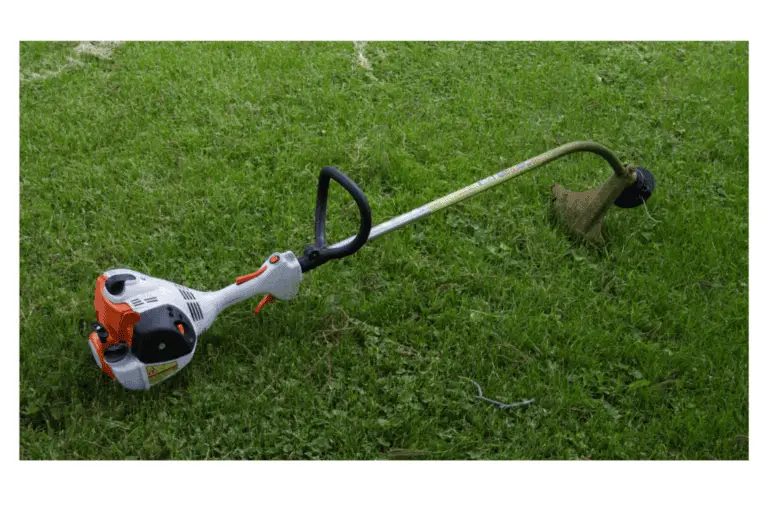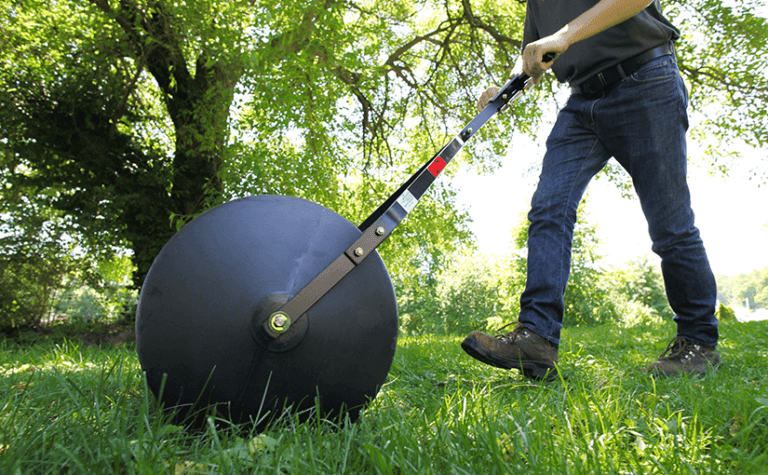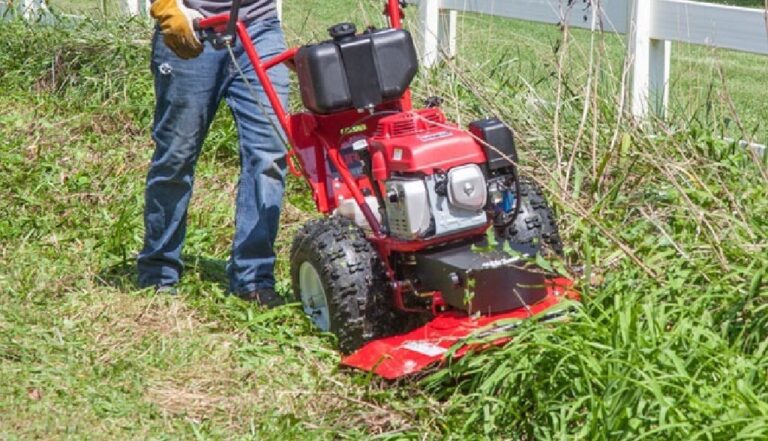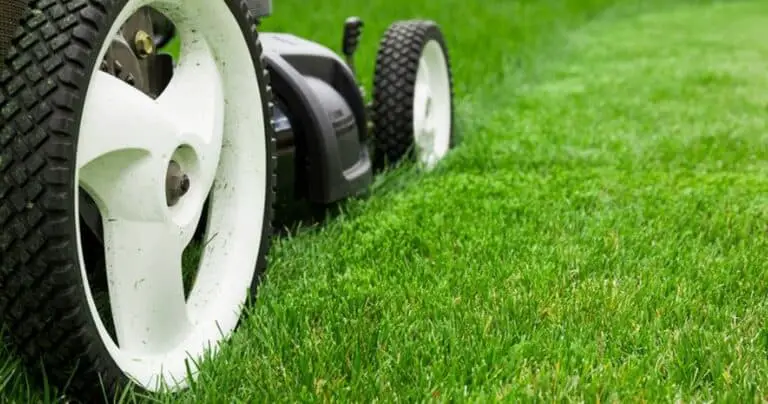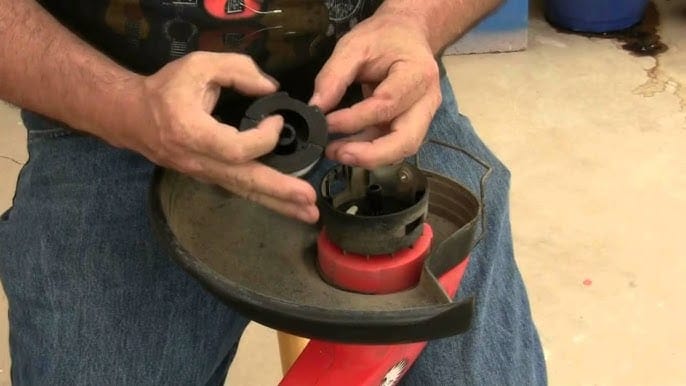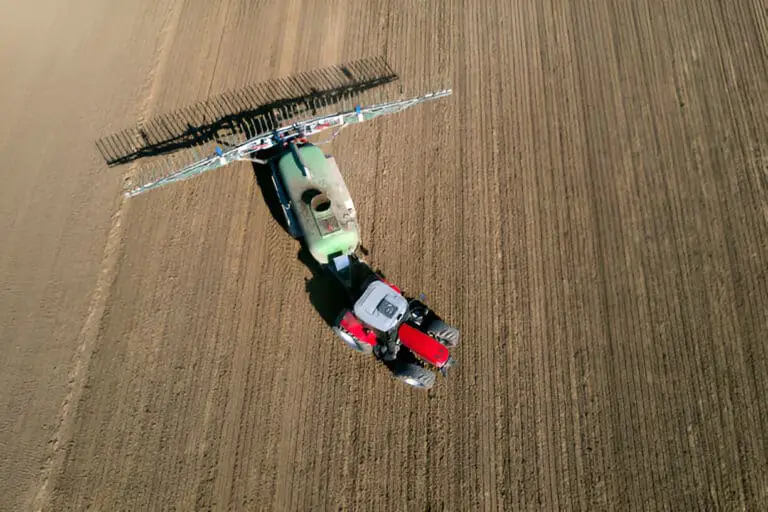Will Rubbing Alcohol Kill a Tree? Exploring the Facts
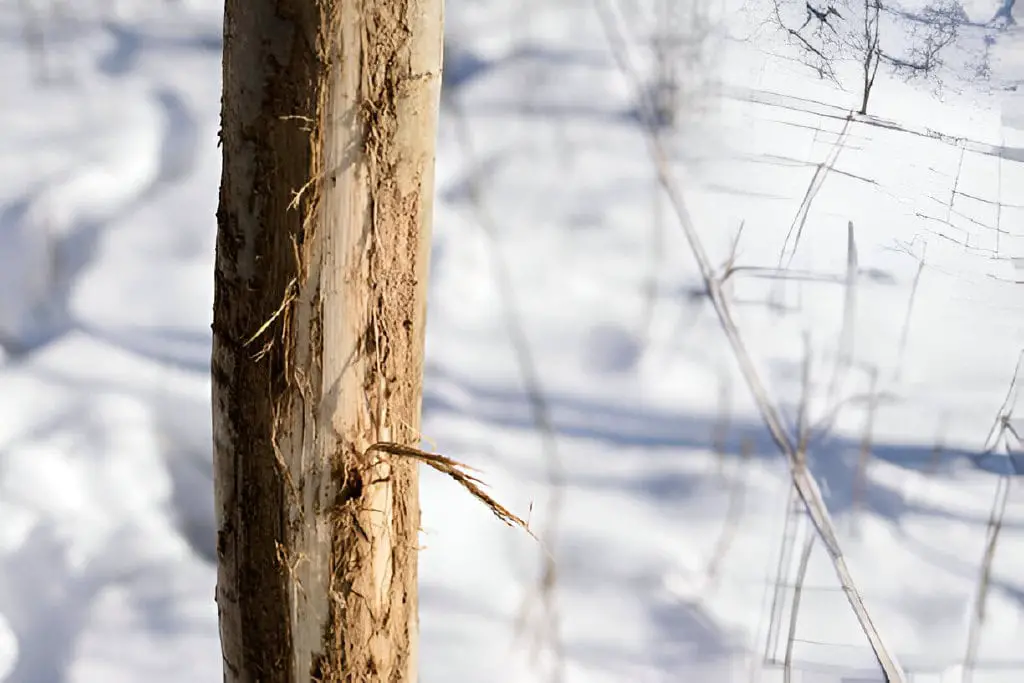
Rubbing alcohol, a common household item, is often used as a disinfectant or cleaner. However, its effects on plants, particularly trees, are not as widely understood. While it may seem harmless, rubbing alcohol can potentially harm or even kill a tree if used improperly.
Have you ever wondered if the simple act of using rubbing alcohol could spell disaster for the trees in your yard? The answer might surprise you. The way rubbing alcohol interacts with tree tissues can lead to unexpected and sometimes damaging outcomes.
It’s crucial to know how this chemical affects plants. Any gardener or homeowner wants to keep their greenery healthy. This article will explore if rubbing alcohol can kill trees. It will cover how it works and alternatives for tree removal.
Understanding Rubbing Alcohol
Rubbing alcohol, also known as isopropyl alcohol, is a versatile substance commonly found in households. It’s widely used for cleaning, disinfecting, and as a first-aid antiseptic. Its ability to kill germs makes it a staple in medical kits and cleaning supplies.
However, its uses extend beyond simple disinfection. People often use it to clean surfaces, remove stains, and even cool the skin when applied topically due to its rapid evaporation.
Rubbing alcohol comes in various concentrations, typically ranging from 70% to 99%. The most common household variety is 70%, which is effective for general disinfecting purposes. The higher concentrations, like 91% or 99%, are more potent. They are often used for specific tasks, like cleaning electronics or dissolving oils.
Rubbing alcohol is isopropanol, water, and sometimes denaturants to make it undrinkable.
How Rubbing Alcohol Affects Plants
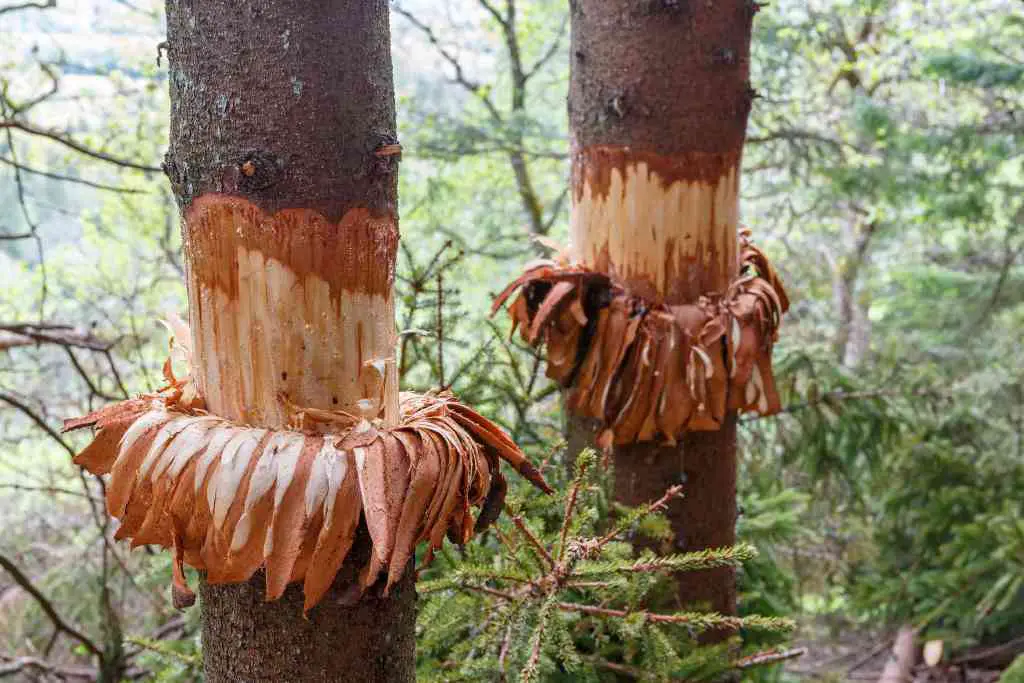
Rubbing alcohol can have detrimental effects on trees, primarily through absorption via the leaves and bark. When applied, the alcohol quickly penetrates these surfaces. and enters the tree’s vascular system. This process disrupts the normal functions of the tree, leading to potential damage.
The damage caused by rubbing alcohol is due to its ability to break down cellular structures. It dehydrates the cells, leading to cell membrane disruption and ultimately cell death. This damage can hinder the tree’s ability to transport water and nutrients. It will affect its health and growth.
Trees with high exposure may wilt, brown, and die back. Gardeners and homeowners must understand these risks. It will help them avoid harming their trees.
Can Rubbing Alcohol Kill a Tree?
While rubbing alcohol can cause damage to a tree’s leaves and surface tissues, it is unlikely to kill a tree outright. Trees have extensive root systems and protective bark that shield their vital functions. Rubbing alcohol on a tree may harm its leaves and small branches. But, it usually does not affect the tree’s overall health or ability to survive.
Factors Influencing the Effectiveness of Rubbing Alcohol
- Concentration: Higher concentrations of rubbing alcohol can cause more damage. But, they are unlikely to penetrate deeply enough to kill a tree.
- Application Method: Simply spraying the tree’s leaves or bark will not effectively kill it. For significant damage, the alcohol would need to be applied to the roots, which is challenging.
- Tree Size and Species: Larger, older trees with deep roots and thick bark resist damage from rubbing alcohol.
Alternative Methods for Tree Removal
If rubbing alcohol is not a viable option for killing a tree, what are some effective methods?
Chemical Herbicides
Chemical herbicides are designed to kill plants, including trees. Glyphosate and triclopyr are common herbicides. They can kill a tree if applied correctly. These chemicals penetrate the tree’s system, disrupting its growth and eventually causing death.
Physical Removal
Physically removing a tree and stump is a straightforward but labor-intensive method. This can involve cutting down the tree and removing the stump and roots. Stump grinding is a common technique to ensure the tree does not regrow.
Girdling
Girdling involves removing a strip of bark around the tree’s circumference. This process disrupts the flow of nutrients and water, eventually killing the tree. Girdling can be effective, but it requires precision to ensure the tree does not heal.
Natural Methods
Natural methods, such as covering the tree’s base with mulch or compost, can promote decay and weaken the tree over time. This method is slower but environmentally friendly.
| Read: Is Your Tree Dead Without Leaves? |
Comparing Methods
| Method | Effectiveness | Time Required | Environmental Impact | Difficulty Level |
| Rubbing Alcohol | Low | Long | Moderate | Easy |
| Chemical Herbicides | High | Short | High | Moderate |
| Physical Removal | High | Short | Low | High |
| Girdling | Medium | Medium | Low | Moderate |
| Natural Methods | Low | Long | Very Low | Easy |
Best Practices for Tree Removal
When removing a tree, it is essential to consider safety, environmental impact, and local regulations. Hiring a professional arborist can ensure the job is done correctly and safely. Additionally, consider the following:
- Safety Gear: Always wear appropriate safety gear, including gloves, goggles, and sturdy footwear.
- Local Regulations: Some areas protect certain trees. Check local rules on tree removal.
- Disposal: Properly dispose of tree debris. Many communities have guidelines for green waste disposal.
What Will Dissolve Tree Roots?
Several products and methods can dissolve tree roots in sewer lines:
- Foaming Root Killers: These products release a root-killing agent, like dichlobenil, when they touch water. They not only kill existing roots but also help prevent future growth by leaving behind a chemical residue that inhibits root growth.
- Rock Salt: Rock salt works by sucking moisture from the roots, causing them to dehydrate and die. It is a natural and accessible option, though it requires careful handling as it can burn skin if wet.
- Copper Sulfate: This chemical is effective in killing roots by dehydrating them. It is available at most hardware stores and can be mixed with water before pouring it into the pipes. However, it is toxic and should be used with caution, especially around pets and children.
These methods are commonly used to dissolve tree roots in sewer lines, but it is important to note that they may not repair the damage caused by the roots, and repeated use may be necessary to fully clear the pipes.
Conclusion
While rubbing alcohol can damage a tree’s leaves and small branches, it is unlikely to kill a tree outright. Trees have robust systems that protect them from such minor irritants. For effective tree removal, consider alternatives. Try herbicides, physical removal, or promoting natural decay. Each method has its advantages and drawbacks, so choose the one that best fits your needs and circumstances.
Always prioritize safety and environmental considerations when undertaking tree removal. Know the limits and benefits of each method. Then, you can choose wisely. This will keep your landscape healthy and well-maintained.

